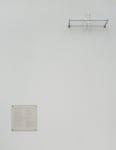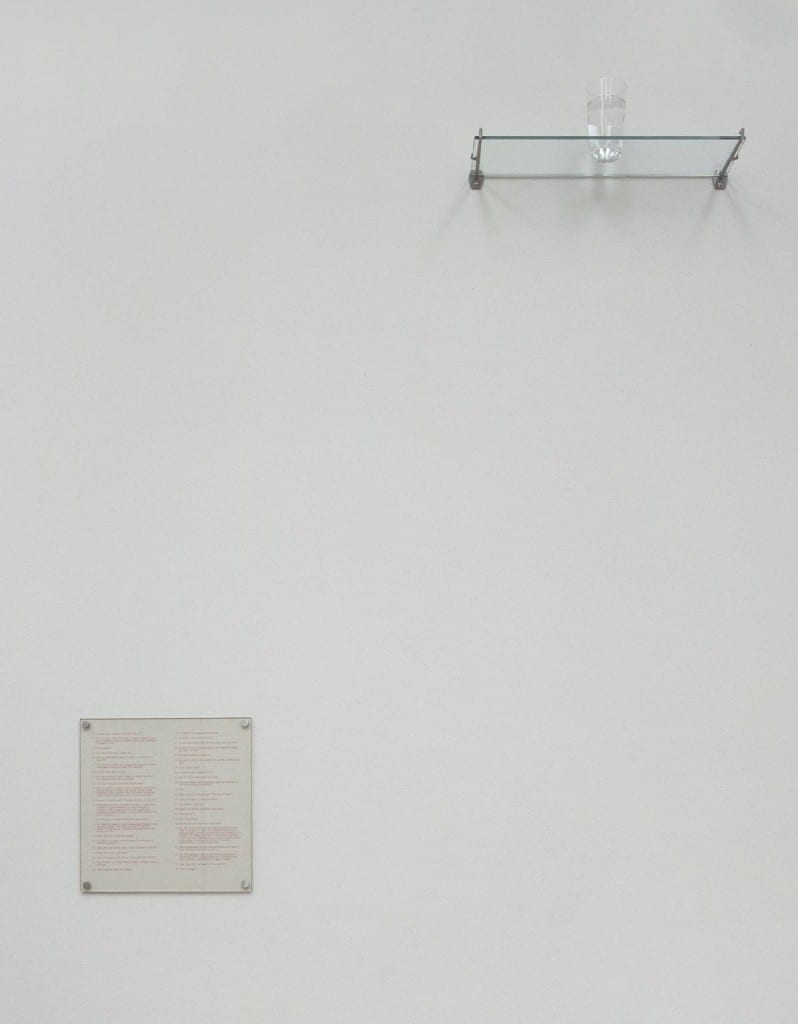Blog 5
I was really looking forward to this week because the reading was brilliant. Mark and I started the thinking about our performance after reading ‘And Their Stories Fell Apart’ by Liz Tomlin and ‘Authorizing the Audience’ by Stephen Bottoms that we had to read for this session.[1][2]
The lecture was pretty much based on this slideshow that Dr Bolton wrote and presented to us. We were asked to watch any work of Forced Entertainment. I borrowed the copy of …. From the library.
I must say before I begin, that ever since I was introduced to the term Post dramatic Theatre I did understand the invention of this new word while we already have postmodernism. I was really hoping that this session will enlighten me in that issue of discourse.
The whole lecture was based on Hans-Thies Lehmann’s seminal Post dramatic Theatre[3].this is what I picked up from the lecture.
it’s all been written from a European point of view after 150 years of modern and then postmodern theatre tradition. Dr Bolton is claiming that the introduction to the book, written by Jurs-Munby, is significate. Jurs-Munby distinguish between drama and no longer dramatic theatre, between drama and theatre. ‘Post’ is beyond drama. There are new forms and paradigms that don’t follow the Aristotelian. It is flowing from the booming of the media, cinema, television and World Wide Web. All that influenced the shift in the understanding of time and space and how we read observe and proses what is happening around us. Suddenly there are new ways to tell a story. We use scenography to read, semioticly, the stage. There are new aesthetics of space, time and body. Postmodernity didn’t start from the theatre but it was applied on the performative arts after. Post dramatic gives us new sharper tools then defining something as postmodern. Peter Szondi writes about dramatic theatre versus post dramatic theatre. When we talk about theatre we are not necessarily talking about drama. All drama is theatre but not all theatre is drama. Szondi define the breaking point of the dramatic theatre from Brechet onwards. The dramatic theatre is an absolute drama dominated by dialogue, the relationship between the different characters, linearity and the 3 Aristotle unities. Its imitation, driven from the plot/action, and its centres on catharsis. The text has a great importance, the imaginary world is well built, the author is the creator and the characters defined by their speeches and what been said on stage, its model that stroked roots in Europe during the 17th and 18th centuries
Brecht is breaking the Aristotelian drama. Szondi is identifying this breaking between the dramatic and epic theatre. Lehmann study of post dramatic theatre continues Szondi’s. Lehamnn suggests that it’s not just Aristotelian and non-Aristotelian. Lehmann elaborate the discourse and defines the theatre as a performance and not as reading as a literature text.as an event and not as a written word. What is theatre than? In contrast to other art forms the action of making/doing and receiving is happening at the same time. Not like a movie or a painting the actual action is being done and experienced at the same moment. How can the theatre be without drama? It’s the estrangement of theatre and drama. When we want to create a post dramatic work we begin with the stage itself and not bringing the play to stage (page to stage). The theatre is an event.
That was the most important point for me when mark and I started to work on out piece. The rehearsal space was our starting point and we went to do some desk work in a later phase of the work. The ‘method’ was to let everything we’ve learned in our very different experience in the theatre field to just pour its way out of us in reaction to issues we discussed in class.
The main theme in the book is performance versus text. That what defines dramatic and post dramatic theatre.
Dr Bolton asked to “bring a list of queries/questions to class, along with a list of ideas/concepts that intrigue you and which you want to explore further.”[4] But I felt like I came to class with so many things to say and to discuss that the reading evoked in me and about why I object this term and I couldn’t say in class so I was arguing with myself on the pages I printed of those two articles and I’ll write it here. First, I reject that term because theatre for me, or most specifically any performative action cannot exist without drama. If you have nothing to say, then why bother come and preform. Art is used to resolve the drama and in a place with no drama there is no art. Then if you don’t want to ask a question to present an issue or make a statement you cannot pronounce with words, don’t do any performative action or art. It’s that simple. If doesn’t say anything it’s not art.
‘And Their Stories Fell Apart’
Our performance is presenting everything I believe the theatre of the present should discuss. It’s based on a method of “…a multi-dimensional space in which a variety of writings. None of them original, blend and clash. Tomlin is referring to the work of Sarah Kane and martin crimp as post dramatic “in the sense that they require the spectators to become active co-writers of the performance text”. I call it a postmodern method. The post dramatic reject the text but everything is text, even if it’s not a written one or planed in advance one. The body itself is embodying different texts. The body cannot be dis attached from its stage presence, its textual and theological context. This how the actual use of a written text becomes a signifier of its own, obeying the convention. A textual representation becomes a choice rather than a default. Tomlin continues and mentioning Derrida’s reading of Artaud’s writing; “…the stage will no longer represent…”in that case “the metaphysics of representation” the ‘dramatic’ is creating or crafting the imaginary world. Artaud’s was always looking for new ways to represent or to express the real. It can also be connected to the semiotics theory in a way of re investigating the signifier-sign relationship on stage. “Words can no longer be taken to be an ‘expression of the speaker’…it is not something that exists prior to or is expressed through its own original voice.” A good example to that would be Brecht’s epic theatre and in particular The Threepenny Opera. Tomlin continues with Derida “words do not belong to the speaker buy are always borrowed from elsewhere” everything we experience in the arts in general and especially today is always stolen, and again everything is a remix. With that in mind we started working on the performance. We used other people’s words and work to tell a story and to show our process in the module. That got to think how you write a performance. Even if you write a play with it is still not the thing that we see on stage. Therefor it was important to me to work on the physical and verbal at the same time. We started from the physical ant tailored the verbal to it. Tomlim is mentioning Martin Crimps ‘The City’[5] and the way it rejects traditional conventions of time and space. In our performance as in the play the narrative id being built by fragments of reality. It is also blaring the lines between the actor and the character, if there’s any. The technique is used to revel the theory base of the performance or the play. If so than is the story that I’m telling mine at all? Even if it is made up?
‘Authorizing the Audience’
The article is starting with defining art as the craft of “transform the prosaic into the profound” and then defining the reality as the material art is made of. The signifiers must be under the convention that is the reality. Bottoms is using in his article Tim Crouch’s ‘An Oak Tree’[6] and suggesting that this play is out of the traditional convention of theatre. But for me that is not entirely correct because by giving the audience directing instructions you are creating your own convention and the suspension of disbelief still stays. The technique here is reviling the theme. How will I tell a story about living in a liminal reality? I will create liminal reality on stage. The deconstructing of the drama to its different components is the theatrical craft. Therefore what make it to what it is? What makes X be X? What is Xness? The performance is ready to be performed by the audience (or just by the volunteer) like the sculpture is already inside the marble, just waiting to be exposed, even if the volunteer didn’t know that prior to the live performance and so crouch is preforming and responding on stage at the same time. Bottoms quote Josette Feral “…with neither past nor future performance takes place” and “theatre would be beyond representation”. The real is what happening now, on stage, in this time and place and nothing beyond it. There for the question rather it is based on Crouch’s real life story or if our performance was is irrelevant. The real is the existence on stage.
*photo credit: An Oak Tree by Michael Craig-Martin ,1973
[1] Bottoms, Stephen, Authorising the Audience, Performance Research 14(1),pp. 65-75, Taylor and Francis, 2009
[2] Tomlin,Liz, And Their Stories Fell Apart, , Performance Research 14(1),pp. 57-64, Taylor and Francis, 2009
[3] Routledge,2006.
[4] From the e-mail Dr Boton sent us prior to the session.
[5] Crimp, Martin, The City, Faber and Faber, 2008, London
[6] Crouch, Tim, An Oak tree, Oberon Books,2005, London
